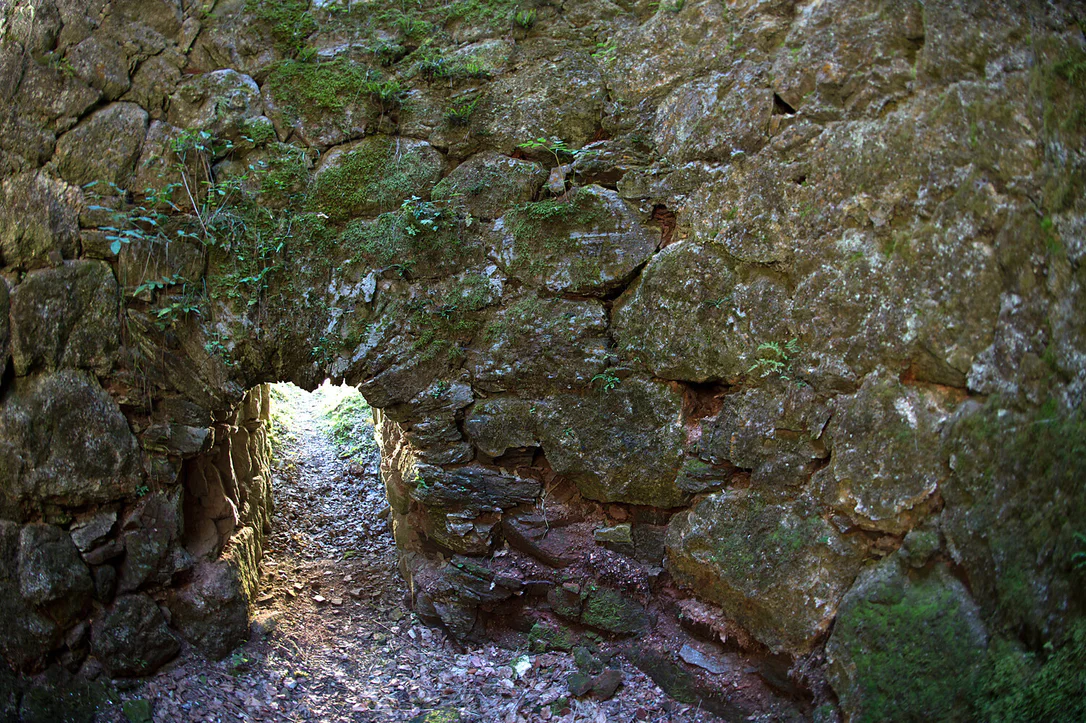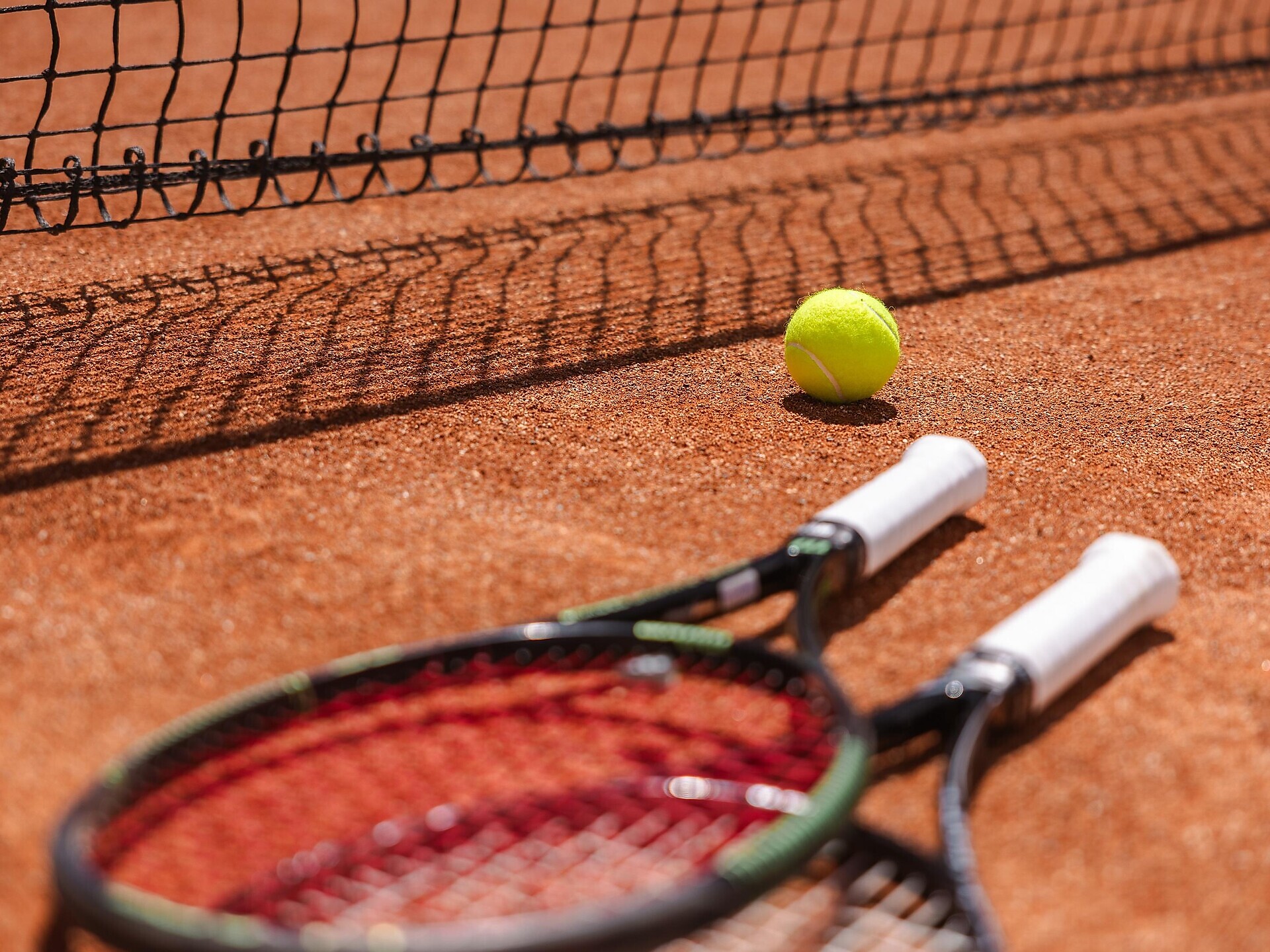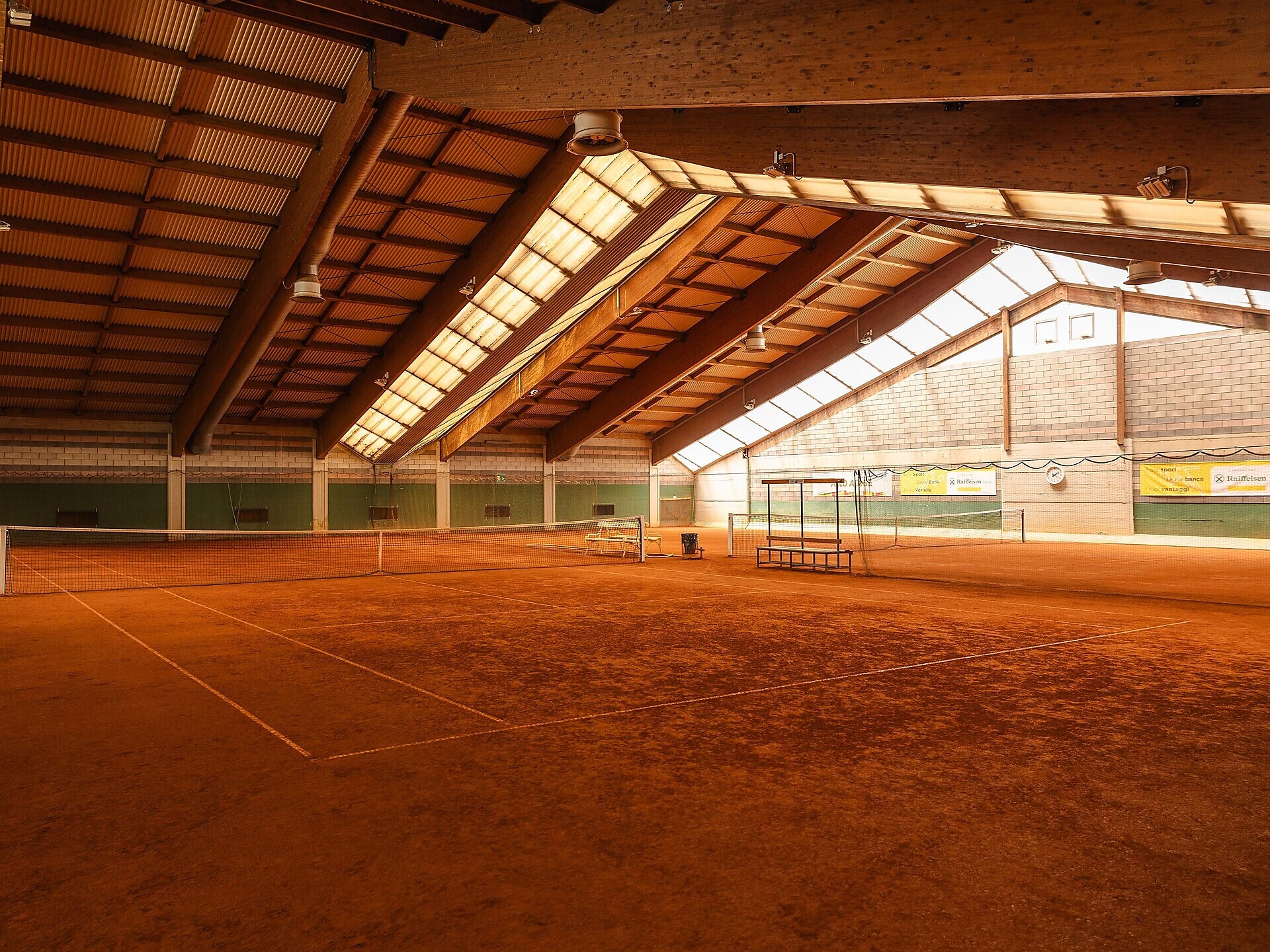The mansion was originally built in 1348 by Meinhard, Edler von Gaudenz (an aristocrat from Gaudenz). Since that time it underwent several renovations, especially during the Baroque period. The Erker oval windows, sundial and coat of arms symbolizing the alliance, date back to the 17th century.
Ownership of the property changed hands several times, as shown below:
1348-1402: Edle von Gaudenz; 1402-1586: Edle von Hendl; 1586-1600: Herren von Stachlburg; 1600-1619: Cyriac von Waltenhofen; 1619-1638: Edle von Roladin; 1638-1657: Edle Aichner von Aichberg; 1657-1680: Johann Edler von Kreutzer of Innsbruck; 1680-1730: Edle von Bauer; 1740-1794: Edle von Wiesenegg
In 1792 the house was bought by Anton Simon von Isser, a chronicler from Meran/Merano, who four years later changed his surname to ‘von Gaudententurm’ when entering the nobility. It was via his grandson, the Viennese physician and neurologist, Dr. Friedrich Leopold von Sölder zu Prakenstein (1867-1943) that the residence passed on to the present-day owners.
The inner courtyard and cellars are open to the public during the weekly Schnaps tasting events.
The private interior rooms are not open for public viewing.














































































































